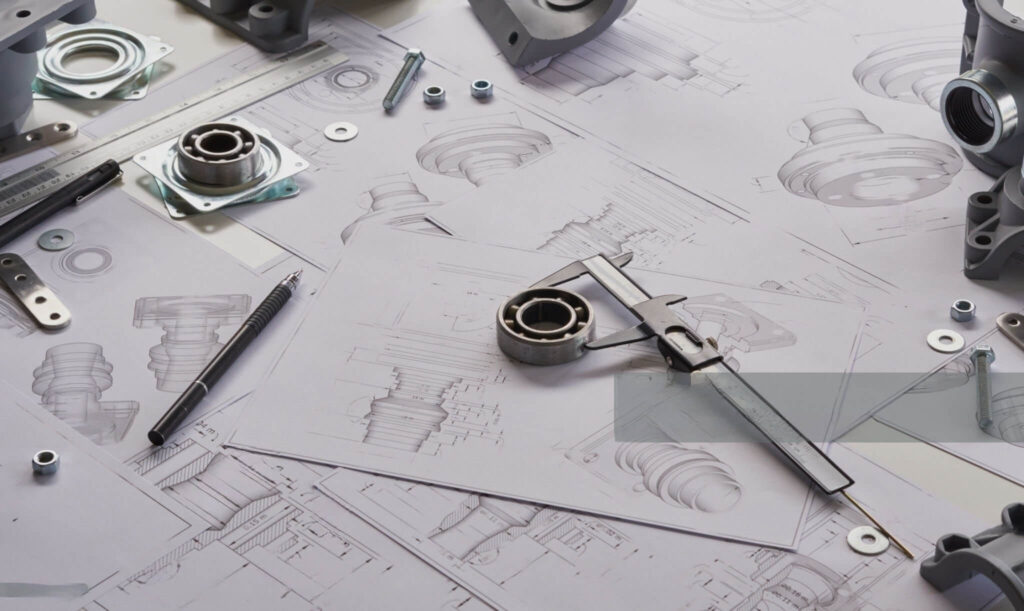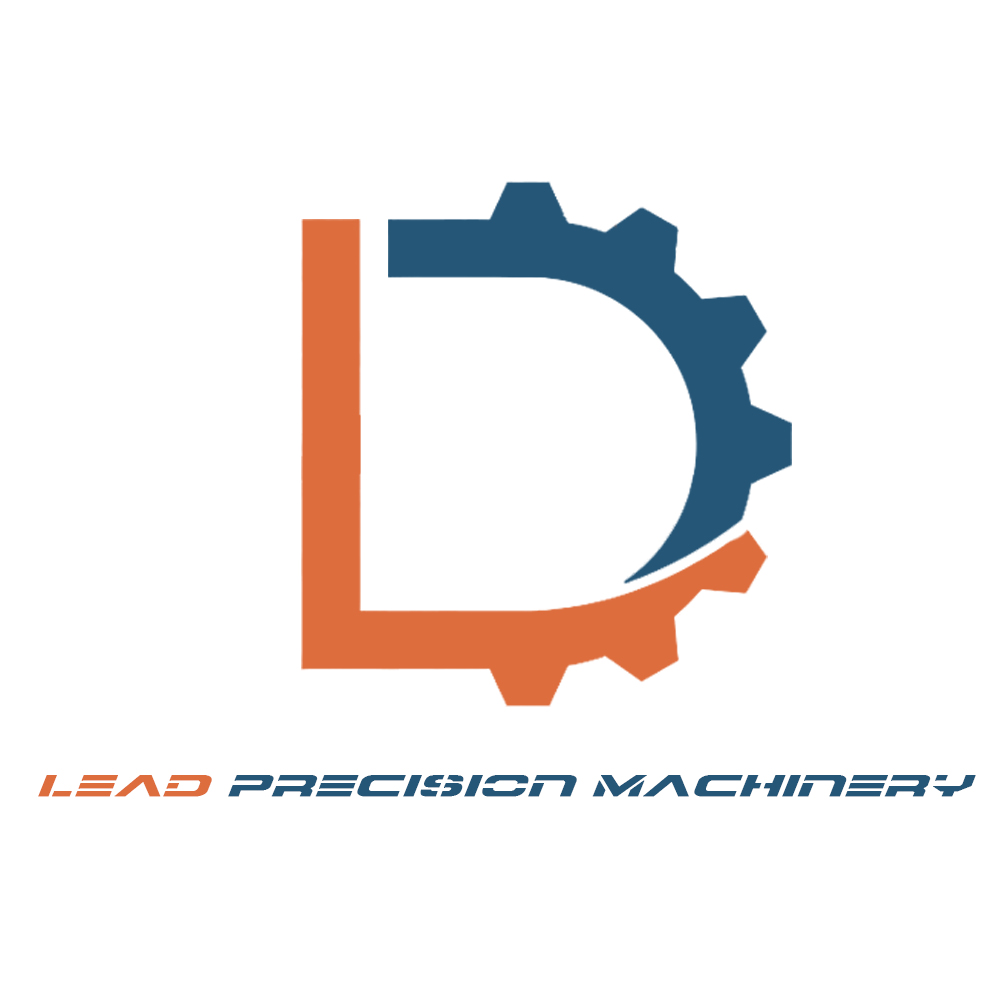In the realm of manufacturing, CNC (Computer Numerical Control) machining stands out as a pivotal technology, enabling the production of high-precision parts across various industries. From aerospace to healthcare, the demand for CNC machined components has witnessed a significant surge, especially with the advent of complex designs and innovative materials. However, navigating through the intricacies of CNC machining costs can be a daunting task for businesses, given the multitude of factors that come into play. This article aims to unravel the complexities of CNC machining costs, offering insights into the determining factors, cost-minimization strategies, and providing a glimpse into the offerings of one of China’s leading manufacturers, Wuxi Lead Precision Machinery.
What Determines CNC Machining Cost?
Material Costs
Material selection is paramount in CNC machining, influencing not only the quality and characteristics of the final product but also the overall cost of production. Metals such as Aluminium 6061, Stainless Steel 303, and Brass C360 are widely utilized due to their respective properties and machinability. On the other hand, plastics like ABS, Nylon 6, and POM (Delrin) offer a cost-effective alternative, albeit with different mechanical and thermal properties. PEEK, while offering superior properties, comes with a higher price tag and is usually reserved for applications where its unique properties are indispensable.
Machining Costs
The type of CNC machine utilized, whether it be a 3-axis or a multi-axis machine, significantly impacts the machining cost. While 3-axis machines are generally more cost-effective, multi-axis machines, offering advanced capabilities, come with a higher hourly rate. Furthermore, the machine’s price and its operational hours per year are crucial in determining the machining cost per hour, influencing the overall cost of production.
Labor Costs
Despite the high degree of automation in CNC machining, labor costs, particularly in the realms of programming, setup, and post-processing, cannot be overlooked. Designing, converting designs into machine-readable formats, setting up the machine, and subsequent processes like assembly and transportation all incur labor costs that add to the overall expense.
Additional Costs
Additional costs, such as those for special tool bits and surface finishing processes, also factor into the CNC machining cost. While tool bits might wear during production, especially with harder materials, surface finishes enhance the aesthetic and sometimes functional aspects of the parts, albeit at an additional cost.
How to Minimize CNC Machining Costs
Reconsidering Material Choices
Opting for a material that offers a balance between cost, machinability, and the required properties for the application can significantly reduce costs. For instance, while Aluminium 6061 offers a blend of affordability and machinability, alternatives might be considered based on the specific requirements of the project.
Optimizing Design for Machinability
Ensuring that the design is optimized for machinability is crucial in minimizing CNC machining costs. Questions pertaining to the necessity of all features, the possibility of simplifying or eliminating certain aspects, and whether the design can be split into simpler parts for ease of machining all play a role in cost optimization.
Outsourcing to Cost-Effective Regions
Outsourcing CNC machining to cost-effective regions, such as China, can offer quality products at a fraction of the price compared to developed countries. Companies like RapidDirect in China offer competitive prices, ensuring affordability without compromising on quality.
In the next section, we will delve into the offerings of Wuxi Lead Precision Machinery, exploring how they manage to strike a balance between cost-effectiveness and quality in CNC machining. We will also explore various FAQs and conclude the article with key takeaways.
Wuxi Lead Precision Machinery: A Benchmark in Cost-Effective CNC Machining
In the vast landscape of CNC machining manufacturers, Wuxi Lead Precision Machinery stands out, not just as a beacon of quality but also as a testament to cost-effective production. Nestled in the industrial heart of Wuxi, China, this company has carved a niche for itself in the global CNC machining market. Here’s a closer look at what makes them a preferred choice for businesses worldwide:
- State-of-the-Art Infrastructure: Wuxi Lead boasts a state-of-the-art manufacturing facility equipped with advanced CNC machines. This not only ensures precision but also allows for bulk production, translating to cost savings for clients.
- Material Expertise: Whether it’s metals like aluminum, stainless steel, or brass, or plastics such as ABS and POM, Wuxi Lead has a proven track record of working with a diverse range of materials. Their expertise ensures optimal material utilization, reducing wastage and costs.
- Design and Prototyping: Before diving into mass production, Wuxi Lead offers design consultation and prototyping services. This iterative process ensures that the final product is in line with client expectations, reducing the need for costly revisions.
- Quality Assurance: Every component produced undergoes rigorous quality checks. Their commitment to quality ensures that businesses receive parts that not only meet but often exceed industry standards.
- Global Clientele: Wuxi Lead’s clientele spans across continents, from startups to Fortune 500 companies. Their global reach is a testament to their capability to deliver top-notch products at competitive prices.

FAQs:
- How does Wuxi Lead manage to offer competitive CNC machining costs? Wuxi Lead leverages advanced machinery, bulk material procurement, and efficient production processes to offer competitive prices. Their location in China, known for its cost-effective manufacturing ecosystem, further aids in keeping costs low.
- Is there a compromise on quality when opting for cost-effective CNC machining? Not necessarily. Companies like Wuxi Lead Precision Machinery are proof that quality and cost-effectiveness can go hand in hand. It’s essential to choose a reputable manufacturer with a track record of delivering quality products.
- How do Chinese CNC machining costs compare to Western counterparts? Generally, CNC machining in China is more cost-effective than in Western countries, thanks to lower labor costs, efficient production methods, and a competitive manufacturing ecosystem.
- What factors should I consider when outsourcing CNC machining to China? Consider the manufacturer’s reputation, quality assurance processes, material expertise, and communication efficiency. It’s also beneficial to ask for samples or prototypes before committing to large orders.
Understanding and optimizing CNC machining costs can significantly impact a business’s bottom line. While the process involves multiple factors, from material selection to design optimization, the choice of manufacturer plays a pivotal role. China, with its advanced manufacturing capabilities and competitive pricing, offers a lucrative option for businesses worldwide. Companies like Wuxi Lead Precision Machinery exemplify the perfect blend of quality and affordability, setting the gold standard in CNC machining.

